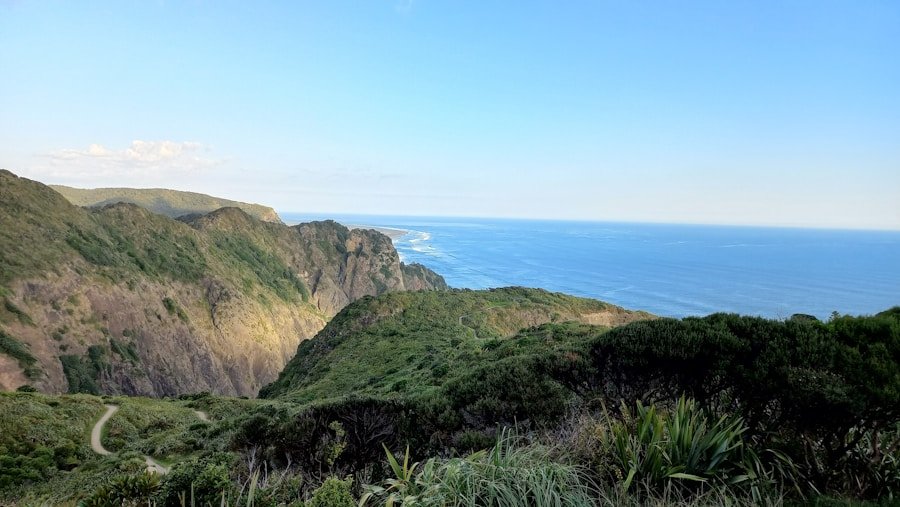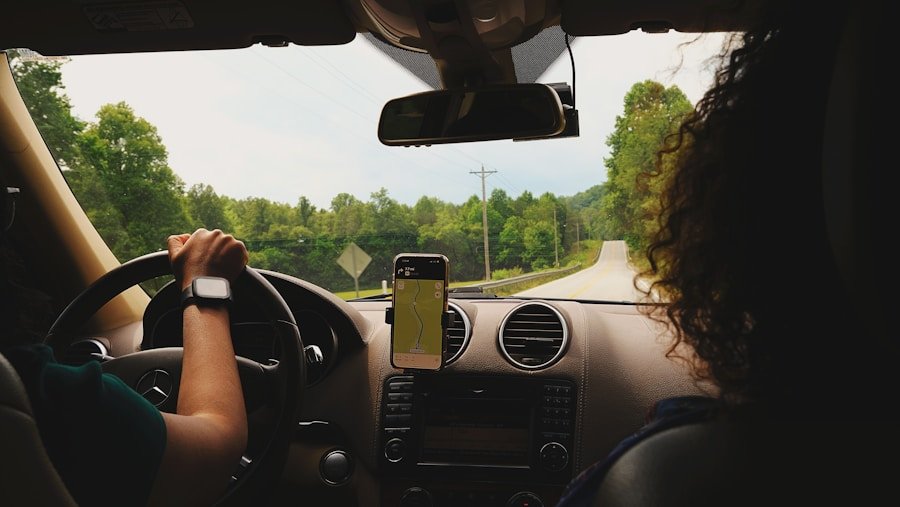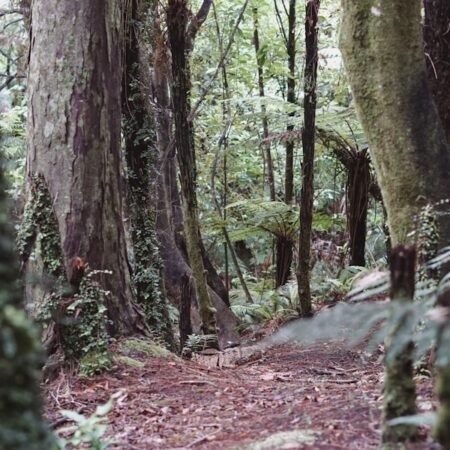Wildlife watching, also referred to as wildlife observation or wildlife spotting, involves observing and appreciating wild animals and plants in their natural environments. This activity is popular among nature enthusiasts, outdoor adventurers, and individuals who appreciate the beauty and diversity of the natural world. Wildlife watching can be a rewarding and educational experience, whether undertaken while camping in a national park, hiking through a forest, or simply spending time in one’s backyard.
To initiate wildlife watching, it is essential to possess a basic understanding of the behavior and habits of local flora and fauna. This knowledge enables individuals to anticipate where and when to locate wildlife, as well as how to approach and observe them without causing disturbance. Familiarizing oneself with the various species of plants and animals commonly found in the area of interest is also beneficial.
Field guides, nature books, and online resources serve as valuable tools for learning about local wildlife and their habitats.
Key Takeaways
- Understanding the Basics of Wildlife Watching:
- Learn about the local wildlife and their habitats before your trip.
- Understand the behavior and signs of different animals to increase your chances of spotting them.
- Essential Gear and Equipment for Wildlife Watching:
- Binoculars, a field guide, and a camera are essential for wildlife watching.
- Wear appropriate clothing and footwear for outdoor activities.
- Tips for Finding and Identifying Local Flora and Fauna:
- Look for tracks, scat, and other signs of wildlife activity.
- Use a field guide to help identify plants and animals.
- Respecting Wildlife and Their Habitat:
- Keep a safe distance from wildlife and never approach or feed them.
- Avoid disturbing nesting sites and sensitive habitats.
- Safety Precautions for Wildlife Watching:
- Be aware of your surroundings and watch out for potential hazards.
- Let someone know your plans and expected return time before heading out.
Essential Gear and Equipment for Wildlife Watching
Optical Essentials
A good pair of binoculars is essential for getting a closer look at wildlife from a safe distance, especially for observing birds and other small animals. A camera with a telephoto lens can also be useful for capturing high-quality photos of wildlife without disturbing them.
Dress for Success
In addition to optical equipment, it is important to dress appropriately for wildlife watching. Neutral-colored clothing that blends in with the natural surroundings can help you avoid standing out and scaring away wildlife. Comfortable hiking boots or shoes are also important for navigating through different types of terrain while searching for wildlife.
Identifying Your Finds
Finally, a field guide or smartphone app for identifying plants and animals can be a valuable resource for learning about the local flora and fauna.
Tips for Finding and Identifying Local Flora and Fauna
Finding and identifying local flora and fauna can be a challenging but rewarding aspect of wildlife watching. One of the best ways to increase your chances of spotting wildlife is to be patient and observant. Take your time to scan the surrounding area for any signs of movement or activity, such as rustling leaves, bird calls, or animal tracks.
Pay attention to the time of day and weather conditions, as these factors can influence the behavior of wildlife. When it comes to identifying plants and animals, it is important to use all of your senses. Look for distinctive features such as color, size, shape, and behavior to help you identify different species.
Listen for bird calls, animal sounds, and rustling leaves to help you locate wildlife that may be hidden from view. Smell the air for any scents that may indicate the presence of certain plants or animals. By using all of your senses, you can enhance your ability to find and identify local flora and fauna.
Respecting Wildlife and Their Habitat
| Flora and Fauna | Location | Best Time to Spot |
|---|---|---|
| Deer | Forest area | Early morning or dusk |
| Birds | Wooded areas | Early morning or late afternoon |
| Wildflowers | Meadows and open fields | Spring and early summer |
| Butterflies | Grassy areas | Warm, sunny days |
Respecting wildlife and their habitat is an essential part of responsible wildlife watching. It is important to remember that you are a visitor in the natural environment of the plants and animals you are observing, and it is your responsibility to minimize your impact on their habitat. This means avoiding behaviors that could disturb or harm wildlife, such as making loud noises, getting too close to animals, or leaving behind litter.
One way to show respect for wildlife is to observe them from a safe distance without causing them stress or disruption. This may require using binoculars or a camera with a telephoto lens to get a closer look without intruding on their space. It is also important to stay on designated trails and paths to avoid trampling on sensitive vegetation or disturbing nesting sites.
By being mindful of your actions and their potential impact on wildlife and their habitat, you can help ensure that future generations will have the opportunity to enjoy the beauty of nature.
Safety Precautions for Wildlife Watching
While wildlife watching can be an exciting and enriching experience, it is important to prioritize safety when observing plants and animals in their natural habitat. One of the most important safety precautions for wildlife watching is to be aware of your surroundings at all times. This means staying alert for any potential hazards such as uneven terrain, slippery surfaces, or dangerous wildlife.
It is also important to be prepared for unexpected encounters with wildlife by carrying bear spray or other deterrents if you are camping in an area with large predators. Additionally, it is important to familiarize yourself with any potential risks associated with the local flora and fauna, such as poisonous plants or venomous snakes. By being proactive about safety and taking necessary precautions, you can minimize the risks associated with wildlife watching and enjoy a safe and memorable experience in nature.
Best Practices for Responsible Wildlife Watching
Minimizing Your Impact
One of the most important best practices for wildlife watching is to minimize your impact on the environment by practicing Leave No Trace principles. This means packing out all trash, staying on designated trails, and avoiding behaviors that could disturb or harm wildlife.
Education is Key
Another best practice for responsible wildlife watching is to educate yourself about the local flora and fauna before heading out into nature. By learning about the behavior, habits, and needs of different species, you can make informed decisions about how to observe them without causing harm.
Sharing Knowledge and Encouraging Responsibility
It is also important to share your knowledge with others and encourage them to practice responsible wildlife watching as well. By spreading awareness and promoting responsible wildlife watching practices, we can work together to protect and preserve the natural world for future generations.
Making the Most of Your Wildlife Watching Experience
To make the most of your wildlife watching experience, it is important to approach it with an open mind and a sense of curiosity. Take the time to slow down and appreciate the beauty of nature, whether you are observing a colorful bird in flight or a delicate wildflower blooming in the forest. Keep an open mind about what you might encounter during your wildlife watching adventures, as nature has a way of surprising us with its diversity and wonder.
Another way to enhance your wildlife watching experience is to keep a journal or take notes about the plants and animals you observe. This can help you remember specific details about your encounters with wildlife and deepen your understanding of the natural world. Additionally, consider joining a local nature club or wildlife watching group to connect with other enthusiasts who share your passion for observing plants and animals in their natural habitat.
In conclusion, wildlife watching is a rewarding activity that allows us to connect with the natural world and gain a deeper appreciation for the beauty and diversity of plants and animals. By understanding the basics of wildlife watching, having essential gear and equipment, respecting wildlife and their habitat, prioritizing safety precautions, following best practices for responsible wildlife watching, and making the most of our experiences in nature, we can enjoy memorable encounters with local flora and fauna while minimizing our impact on their environment. Whether you are a beginner or an experienced wildlife watcher, there is always something new to discover and learn about the wonders of the natural world.
FAQs
What is wildlife watching?
Wildlife watching, also known as wildlife observation or wildlife spotting, is the activity of observing and enjoying wild animals and plants in their natural habitat.
Why is wildlife watching popular among campers?
Wildlife watching is popular among campers because it allows them to connect with nature, learn about local flora and fauna, and experience the beauty of the natural world.
What are some tips for wildlife watching on a camping trip?
Some tips for wildlife watching on a camping trip include being patient, staying quiet and still, using binoculars or a camera with a zoom lens, and respecting the animals’ space.
What are some common animals and plants to look for while wildlife watching?
Common animals to look for while wildlife watching include birds, deer, squirrels, and rabbits. Common plants to look for include wildflowers, trees, and shrubs.
How can wildlife watching be done responsibly?
Wildlife watching can be done responsibly by observing animals from a safe distance, not feeding or approaching them, and following any local regulations or guidelines for wildlife viewing.













